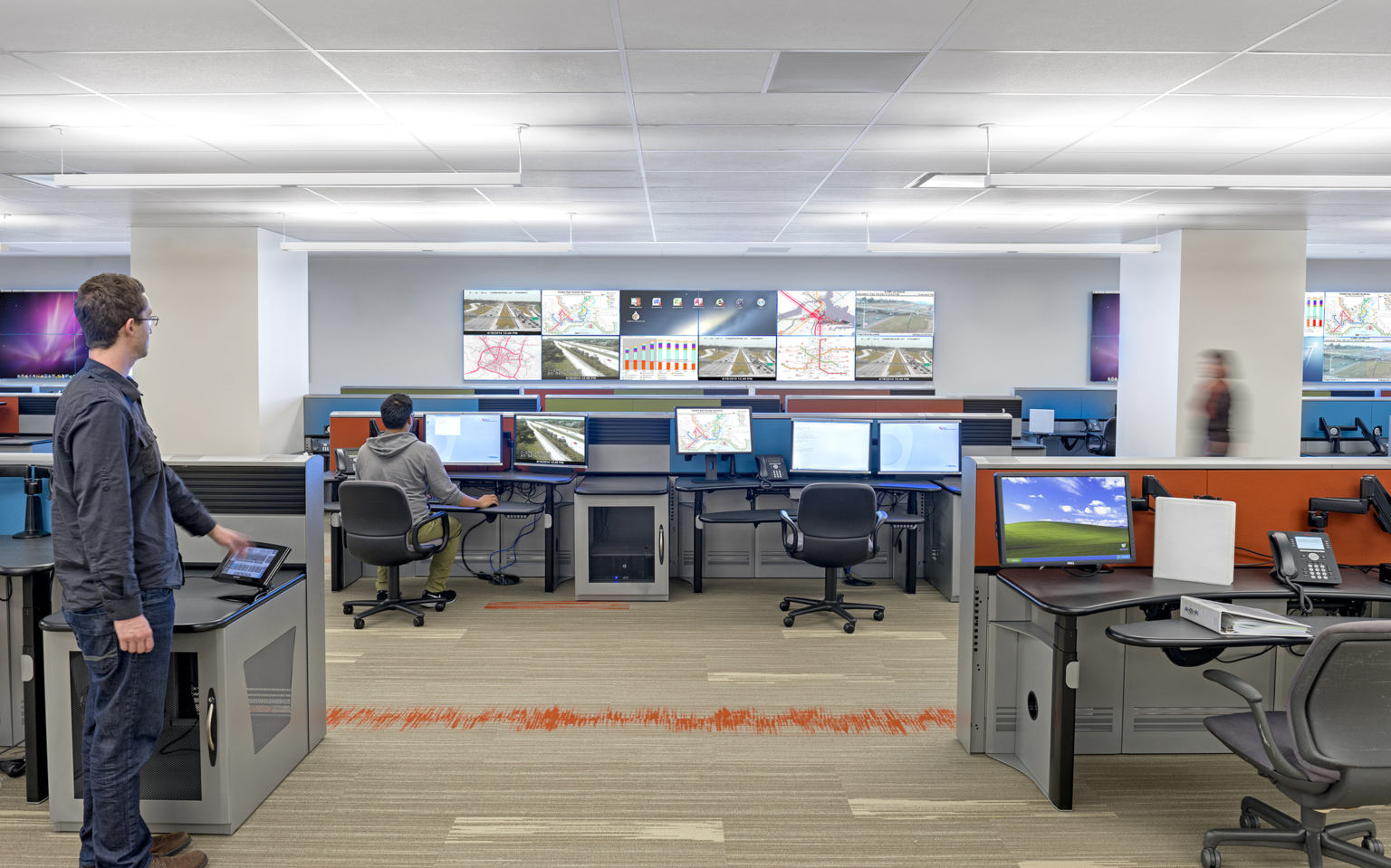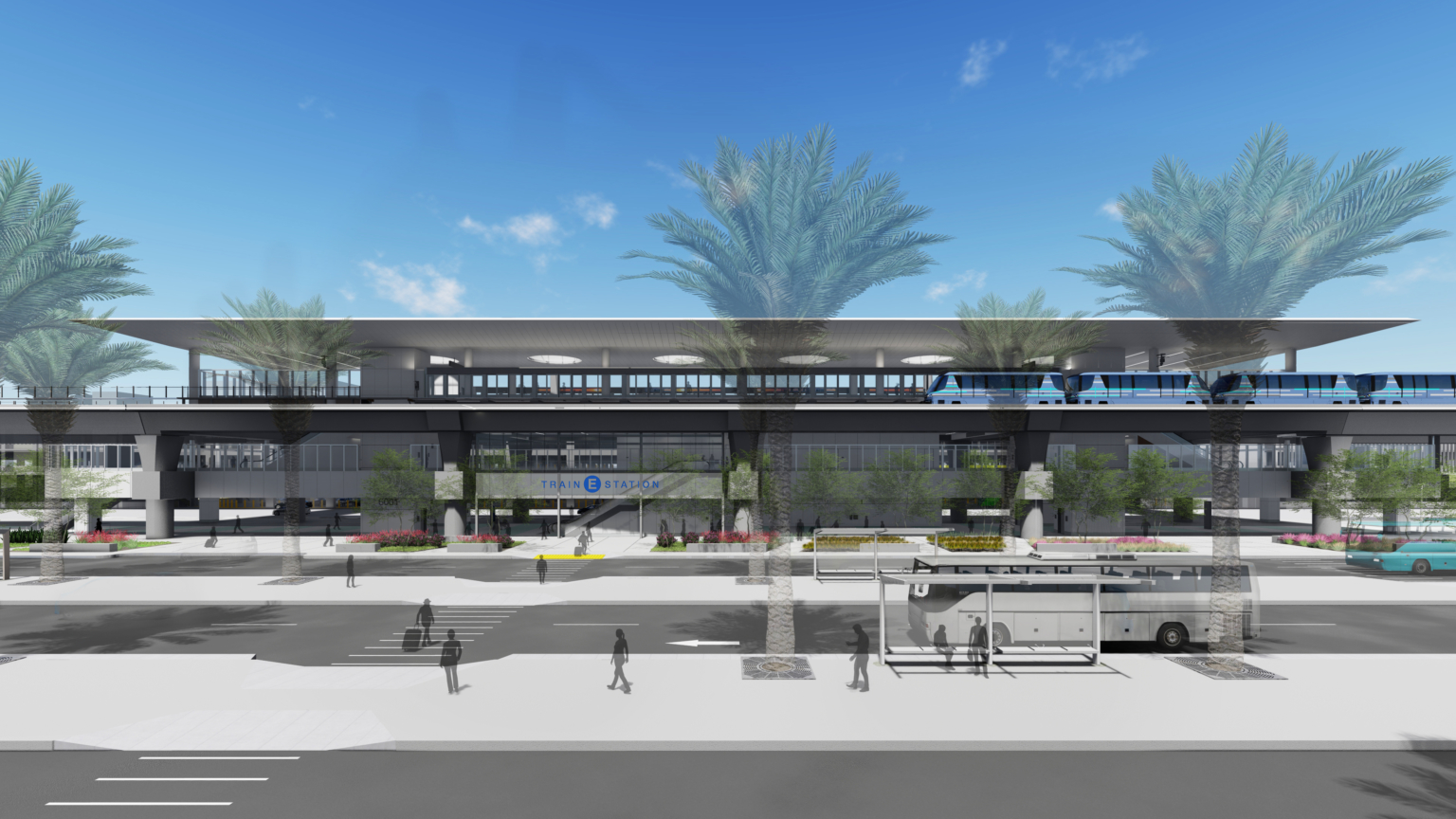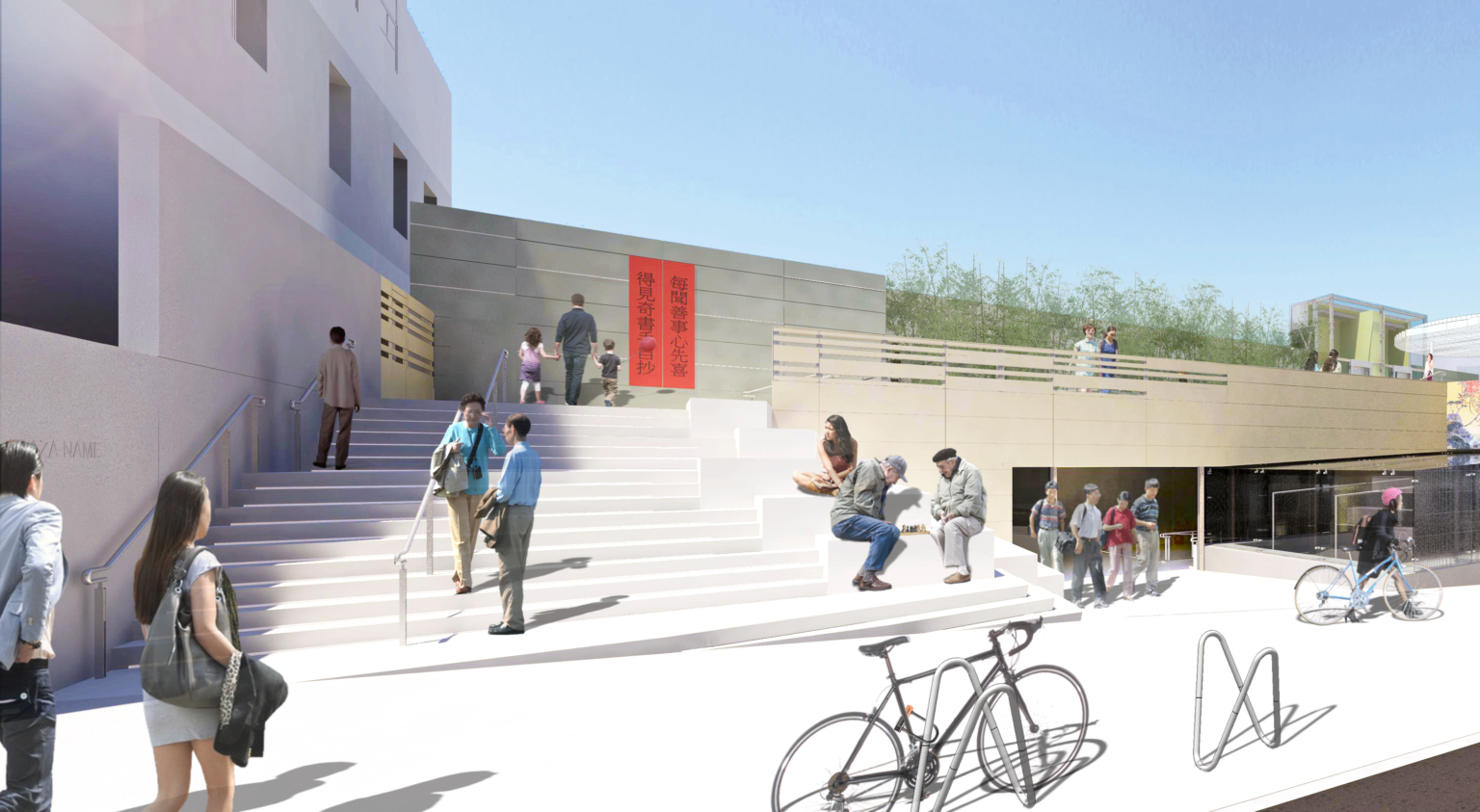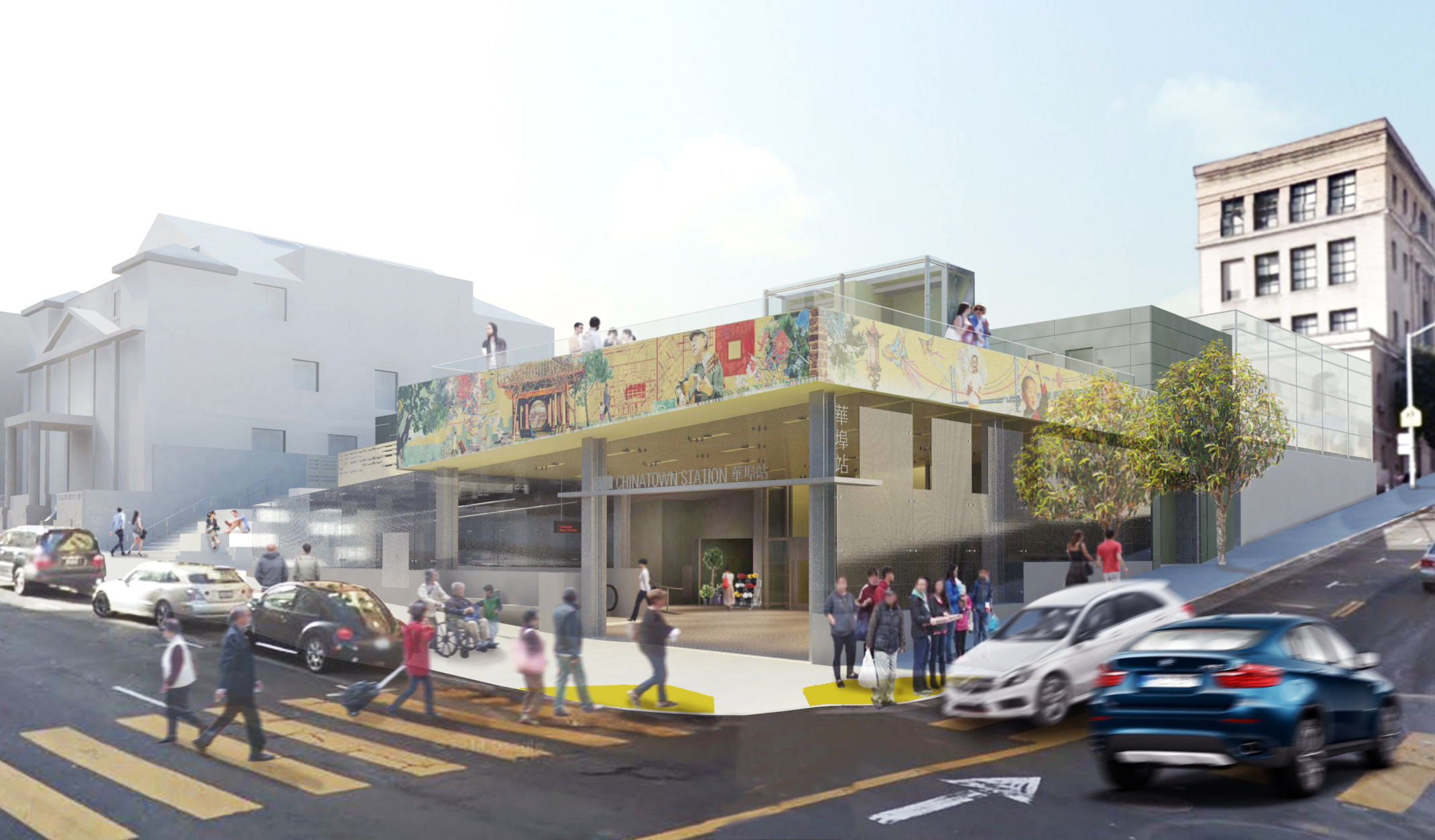
Providing Access to the Chinatown Community
Project Location
San Francisco, CA
Client
San Francisco Municipal Transportation Agency
Area
10,000 SF
Services
Architecture, preliminary engineering, CA
Central Station
The Central Subway is San Francisco’s first subway line to be constructed in the last 50 years, and one of a small handful of recent subway projects in the U.S. Located on a tight footprint of 10,000 square feet, the station had to provide all the necessary functionality while reflecting the unique culture of San Francisco’s Chinatown, an internationally famous tourist attraction that is home to 15,000 Chinese Americans and serves the greater Chinese American community in the Bay Area.
A Gateway to the Community
Because square footage is so precious in Chinatown and the housing need so acute, the original concept outlined a new multistory building with affordable housing above the station. However, as the plans progressed, building on the limited footprint turned out to be infeasible, and the community voiced a preference for a rooftop plaza above the station.
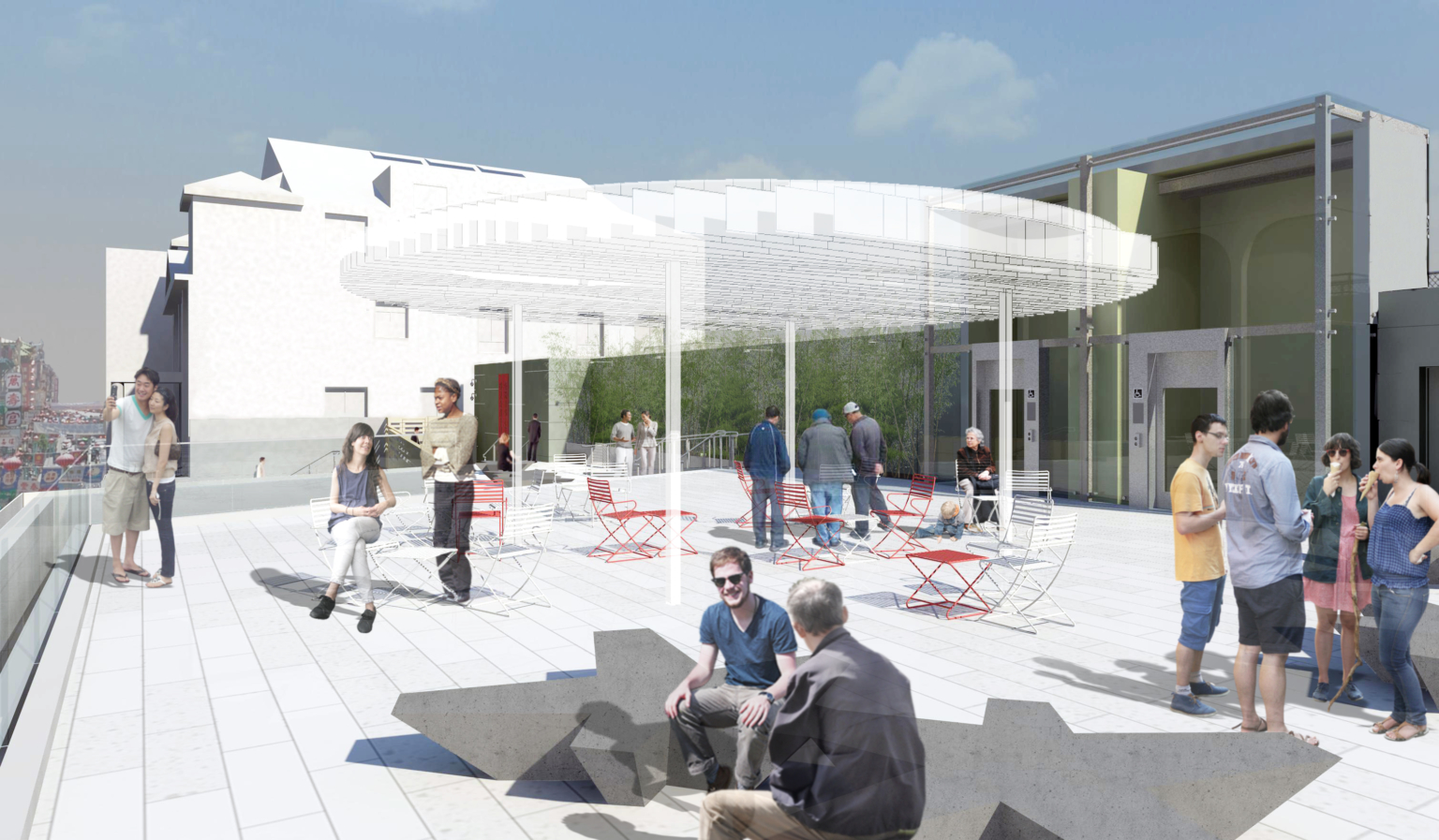
The design concept specifies a 2,500-square-foot plaza with stairs and stadium seating.
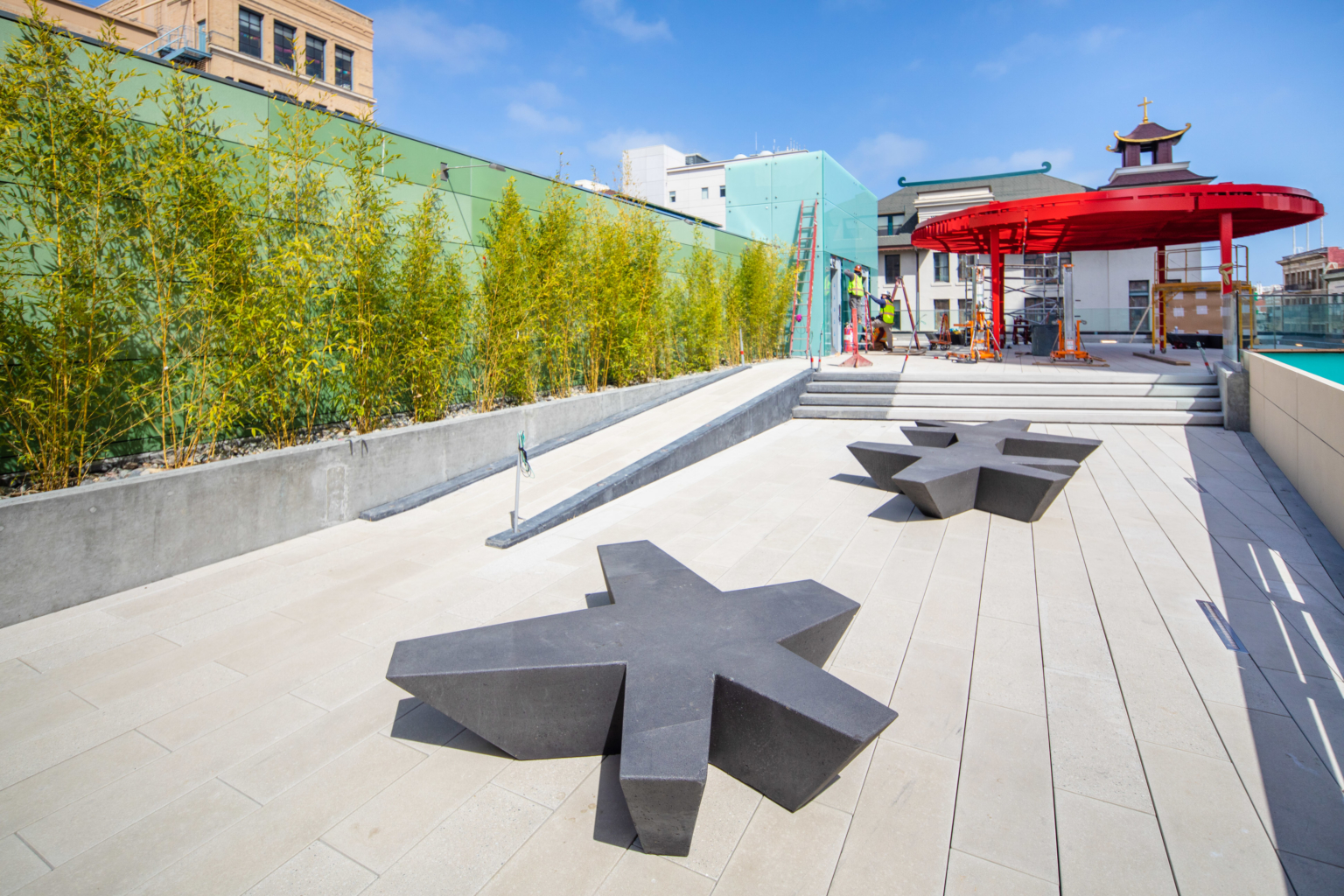
The community didn’t want to be aesthetically bound by the past. They hoped for a station that represented their future, as well as their culture and history,
Welcome Sequence
Since users will descend 100 feet below the surface – the rough equivalent of a 10-story building – we looked for ways to make the experience more appealing. A choreographed procession down to the train platforms takes advantage of the natural breaks along the way. Riders begin the journey bathed in natural light under a canopy of structural glass that covers the first flight of escalators.
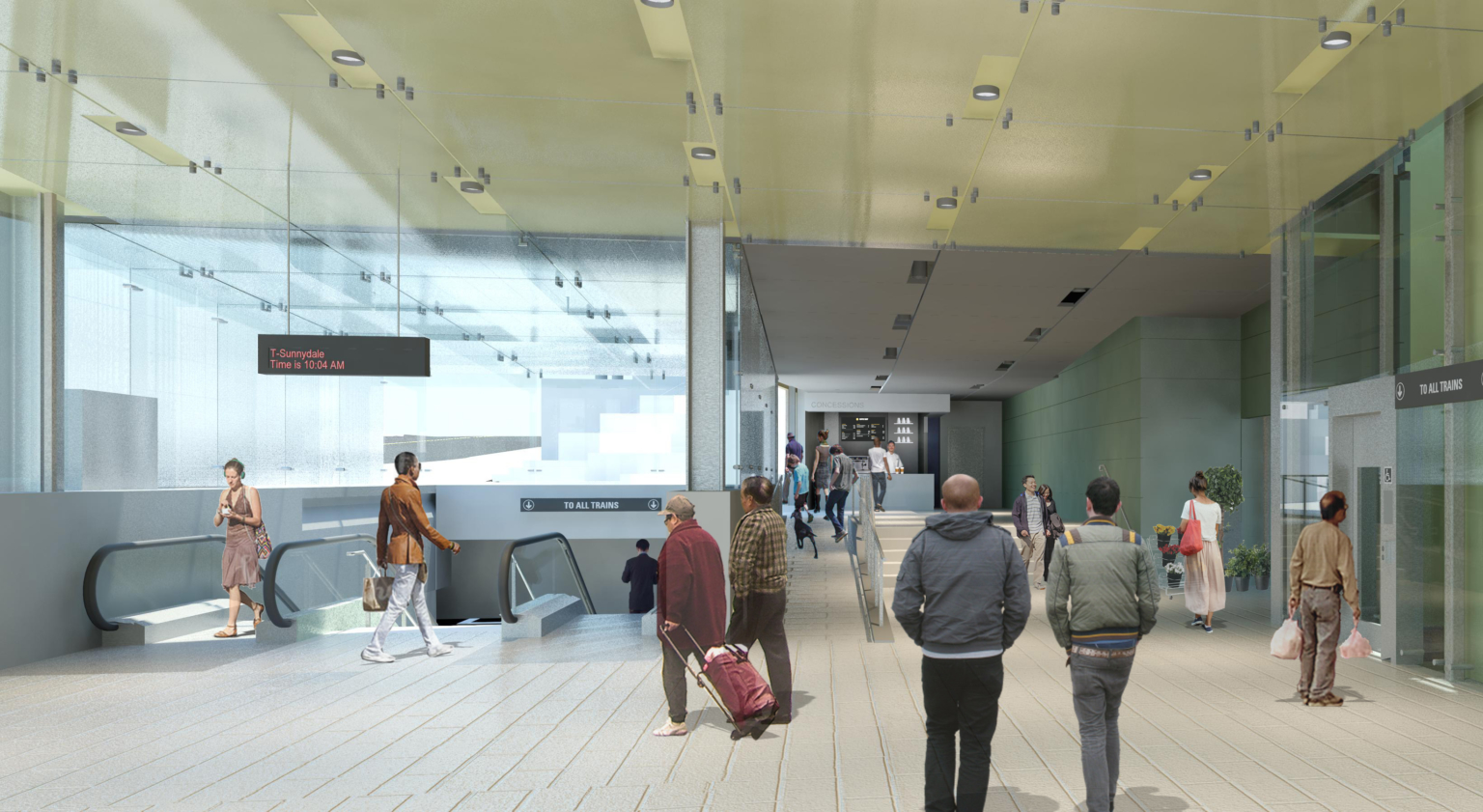
To bring natural light into the station, a glass canopy stretches entirely over the first flight of escalators.

Exposed to the elements, the structural glass has a frosted pattern for bird safety and reduced maintenance requirements.
Hollowed Halls
To celebrate the cavern’s curved form, we worked hard to find alternatives to putting in a dropped ceiling or columns to contain the necessary ductwork and utilities, calling for the wall to be thickened rather than mar the cavern’s clean lines. The arch is lined with white cement fiberboard panels that conceal utility lines and bring a slight luminescence to the space.

The Chinatown station, the deepest of the three new stations along the extended line, was mined to minimize the impact on the community.

The station cavern, where the train platforms provide access to the north- and south-bound train tunnels, was created using sequential excavation.
A Comfortable Send-Off
A feng shui consultant advised the design team on how to avoid creating negative energy in their architectural choices. The upwards-sloping building site had a good flow of energy to begin with. They also learned that they shouldn’t include any spiky elements, because it would have the sense of a weapon.

A sense of nature is imbued in the concrete, steel, and glass building by using a color palette of soft greens and blues.

White cement fiberboard panels line the cavern.
Art Program
To help the station symbolize Chinatown, the 2008 community design guidelines called for public art on the exterior and its open space, instead of simply within the station. They also advocated for the art to reflect the history of Chinatown and Chinese immigration in the city. Thanks to San Francisco’s “2-percent-for-art” program, which requires that two percent of the construction budget for city projects is allocated to public art, the SFMTA was able to commission significant artwork for the station. We worked with the city’s Arts Commission to identify opportunities for artwork and fully integrate it into the station architecture.
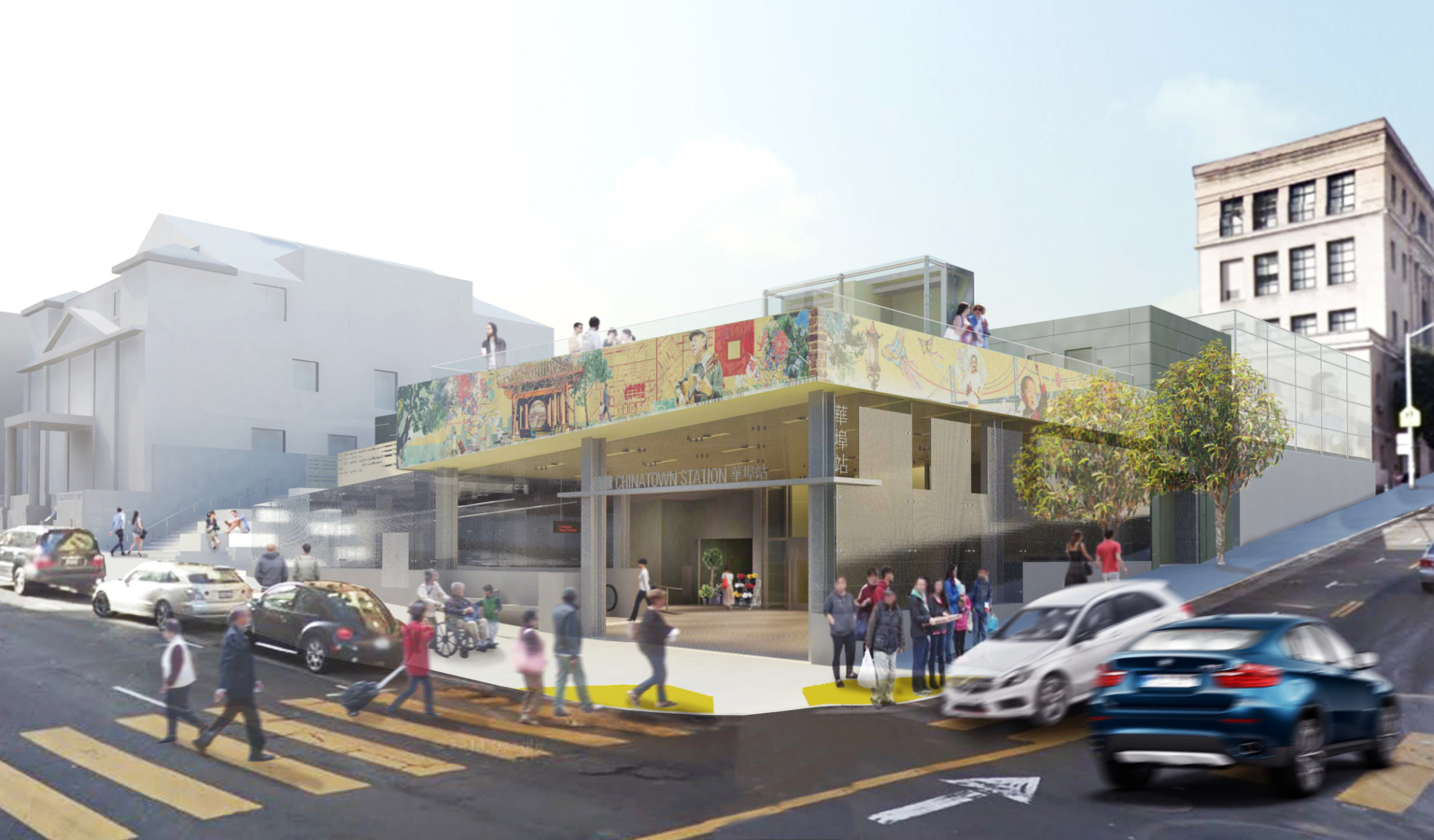
The facade features a 100-foot-long artwork by NYC-based artist Tomie Arai that wraps around the corner at the intersection of Stockton and Washington Streets.

One of the highlights of the station is artwork by local artist Yumei Hou. Magnified and laser-cut elements are mounted slightly off the wall to cast a shadow and “read” as paper cuttings.
